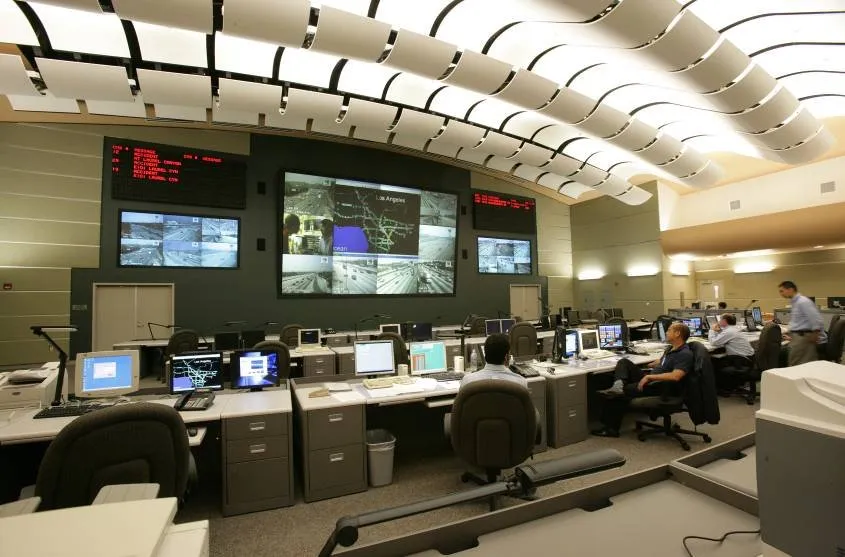
Arizona Department of Transportation (ADoT) has selected Teledyne Flir to help stop an increase in accidents and fatalities caused by wrong-way drivers on freeways.
The new wrong-way detection system (WWD) is based on Flir's Cameleon ITS and TrafiSense video-analytic thermal cameras, and is currently being operated on a 15-mile corridor in Phoenix on I-17 between I-10 and Loop 101.
ADoT has also adopted the wrong-way detection technology as part of its standard ITS cabinet design - and says this is the first such system to go beyond detection: it also automates countermeasures to protect oncoming traffic.
The agency says current practices typically rely on drivers calling 911, often with inaccurate location information.
Following field tests, ADoT believes that thermal video analytics sensors are the most effective technology for detecting wrong-way drivers, compared to loops, visible-spectrum analytics and radar.
In addition to incident detection, the system includes flashing wrong-way signs, public warnings via dynamic message sign messages to oncoming drivers, ramp closures and traffic signal pre-empts as well as alerts to police and other agencies, including arrival times at intercept points.
When a vehicle passes through the detection zone of a Flir TrafiSense camera, video analytics determine its direction and speed.
Wrong-way events are confirmed by Cameleon - first by an operator using Cameleon’s automated video call-up and then by a fully-automated confirmation by Cameleon when an adjacent detection occurs.
The countermeasures - such as warning lights - are then deployed by Flir's system.
Cameleon sounds an audible alarm and displays looping and live video of the event on all operator workstations and on the video wall in the traffic operations centre.









